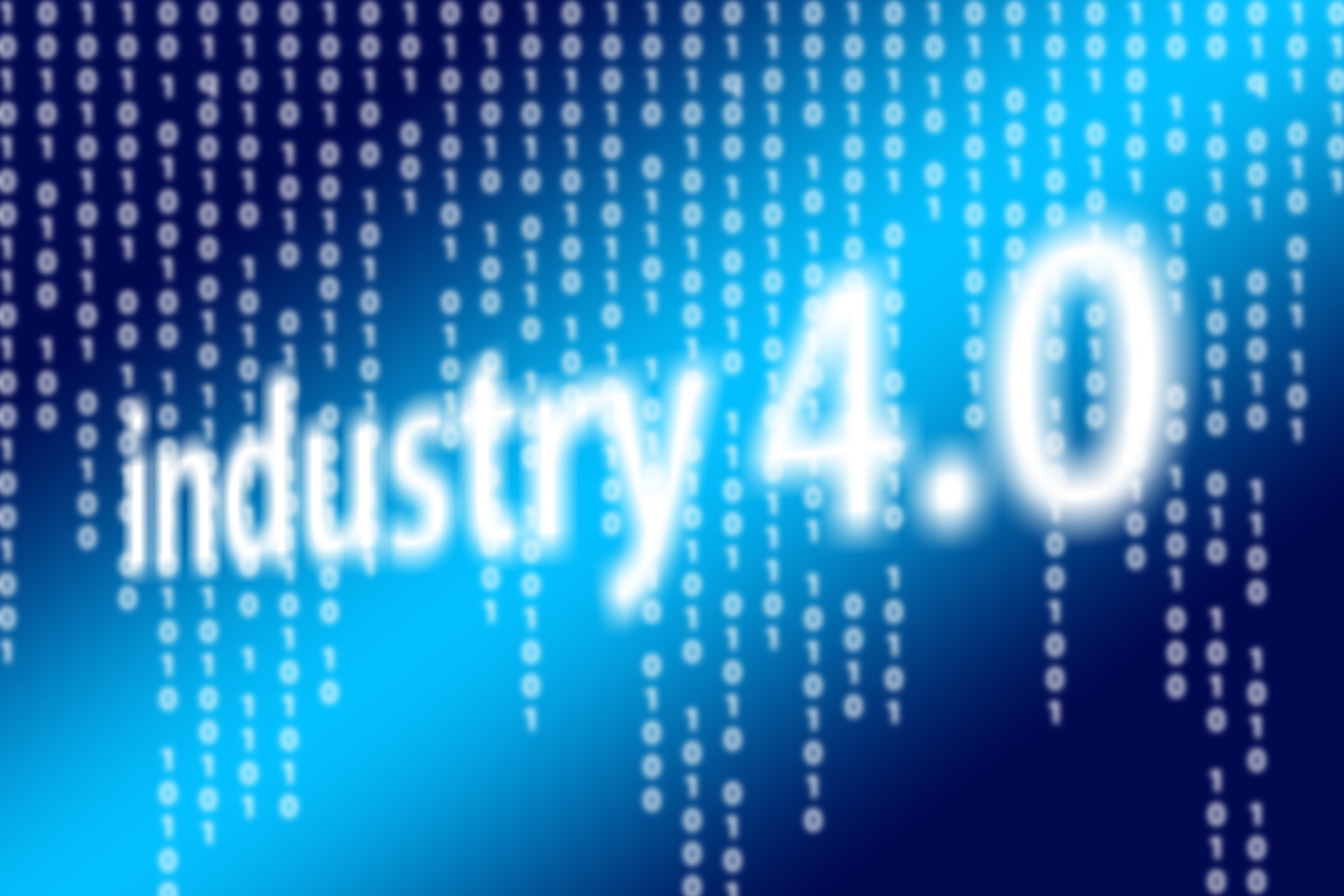Guide to AI Agents
AI agents are transforming how we interact with technology, automating tasks and making intelligent decisions across industries. From virtual assistants that schedule meetings to autonomous vehicles navigating city streets, these systems are becoming integral to modern life. Understanding what AI agents are, how they function, and the various types available helps clarify their growing role in business, healthcare, education, and everyday applications.

AI agents represent software entities designed to perceive their environment, process information, and take actions to achieve specific goals. Unlike traditional programs that follow rigid instructions, AI agents adapt to changing conditions and learn from experience. They operate autonomously or semi-autonomously, making decisions based on data inputs and predefined objectives. These systems range from simple reactive programs to complex learning machines capable of sophisticated reasoning.
What Is Agent Based AI
Agent based AI refers to systems where autonomous entities operate within an environment to accomplish tasks without constant human intervention. Each agent possesses sensors to gather information, processors to analyze data, and actuators to execute actions. The agent based approach allows multiple AI entities to work collaboratively or independently, creating flexible solutions for complex problems. This architecture proves particularly valuable in scenarios requiring distributed decision-making, such as supply chain optimization, traffic management, and financial trading systems. Agent based models simulate real-world dynamics by allowing individual agents to follow simple rules that collectively produce emergent behaviors.
Types of AI Agents With Examples
AI agents fall into several categories based on their capabilities and operational methods. Simple reflex agents respond to current perceptions using condition-action rules, such as thermostats adjusting temperature based on sensor readings. Model-based reflex agents maintain internal states to handle partially observable environments, like robotic vacuum cleaners mapping room layouts. Goal-based agents pursue specific objectives by evaluating action sequences, exemplified by navigation systems calculating optimal routes. Utility-based agents maximize performance measures by weighing trade-offs, as seen in recommendation engines balancing relevance with diversity. Learning agents improve performance through experience, including spam filters that adapt to new phishing techniques and game-playing programs that refine strategies through repeated matches.
How An AI Agent Functions
An AI agent operates through a perception-action cycle that continuously interacts with its environment. Sensors collect data about current conditions, whether through cameras, microphones, text inputs, or other interfaces. The agent processes this information using algorithms that may involve rule-based logic, statistical models, neural networks, or hybrid approaches. Decision-making mechanisms evaluate possible actions against goals or utility functions, selecting responses that optimize desired outcomes. Actuators then execute chosen actions, which might include displaying information, controlling physical devices, or communicating with other systems. Feedback loops allow agents to assess action consequences and adjust future behavior accordingly. Advanced agents incorporate memory systems to retain relevant information across multiple interaction cycles, enabling context-aware responses and long-term planning.
Applications Across Industries
AI agents have penetrated numerous sectors with practical implementations. In customer service, chatbots handle inquiries, troubleshoot problems, and process transactions without human involvement. Healthcare systems deploy diagnostic agents that analyze medical images, monitor patient vitals, and recommend treatment protocols. Financial institutions use trading agents to execute market transactions based on algorithmic strategies and risk parameters. Manufacturing facilities employ robotic agents for assembly, quality control, and inventory management. Transportation networks integrate autonomous vehicle agents that perceive road conditions, predict pedestrian movements, and navigate safely. Smart home systems coordinate multiple agents controlling lighting, climate, security, and entertainment based on user preferences and environmental factors.
Challenges and Considerations
Developing effective AI agents involves addressing technical and ethical challenges. Ensuring agents make reliable decisions in unpredictable environments requires robust testing and validation. Transparency remains a concern when complex models produce decisions that humans cannot easily interpret or explain. Security vulnerabilities may allow malicious actors to manipulate agent behavior or extract sensitive information. Privacy considerations arise when agents collect and process personal data to deliver personalized services. Coordination between multiple agents can lead to conflicts or inefficiencies without proper protocols. Establishing accountability frameworks determines responsibility when agents cause harm or make errors. Balancing autonomy with human oversight ensures agents serve intended purposes without unintended consequences. Ongoing research focuses on creating agents that align with human values, operate safely in diverse contexts, and remain controllable throughout their operational lifespans.
Future Developments in AI Agents
The evolution of AI agents points toward increasingly sophisticated and capable systems. Advances in natural language processing enable agents to understand context, emotion, and nuance in human communication. Improved learning algorithms allow agents to acquire new skills with less training data and transfer knowledge across domains. Multi-agent systems coordinate complex tasks by negotiating roles, sharing information, and resolving conflicts autonomously. Embodied agents with physical forms interact more naturally with human environments through advanced robotics and sensor technologies. Integration with edge computing brings agent intelligence closer to data sources, reducing latency and enhancing real-time responsiveness. Ethical AI frameworks guide development toward systems that respect human rights, promote fairness, and operate transparently. As these technologies mature, AI agents will likely become more seamlessly integrated into daily life, handling increasingly complex responsibilities while remaining aligned with human intentions and societal values.
AI agents represent a fundamental shift in how technology interacts with the world, moving from passive tools to active participants in achieving goals. Understanding their types, functions, and applications provides insight into both current capabilities and future possibilities. As development continues, these systems will play expanding roles across industries while raising important questions about control, ethics, and the relationship between human and artificial intelligence.




